Osteogenesis Imperfecta (OI): Symptoms, Causes & Treatment
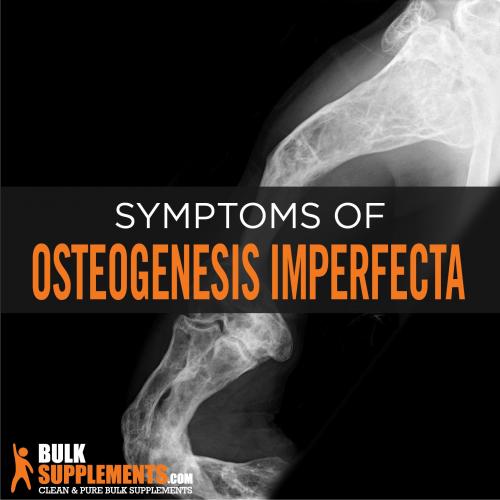
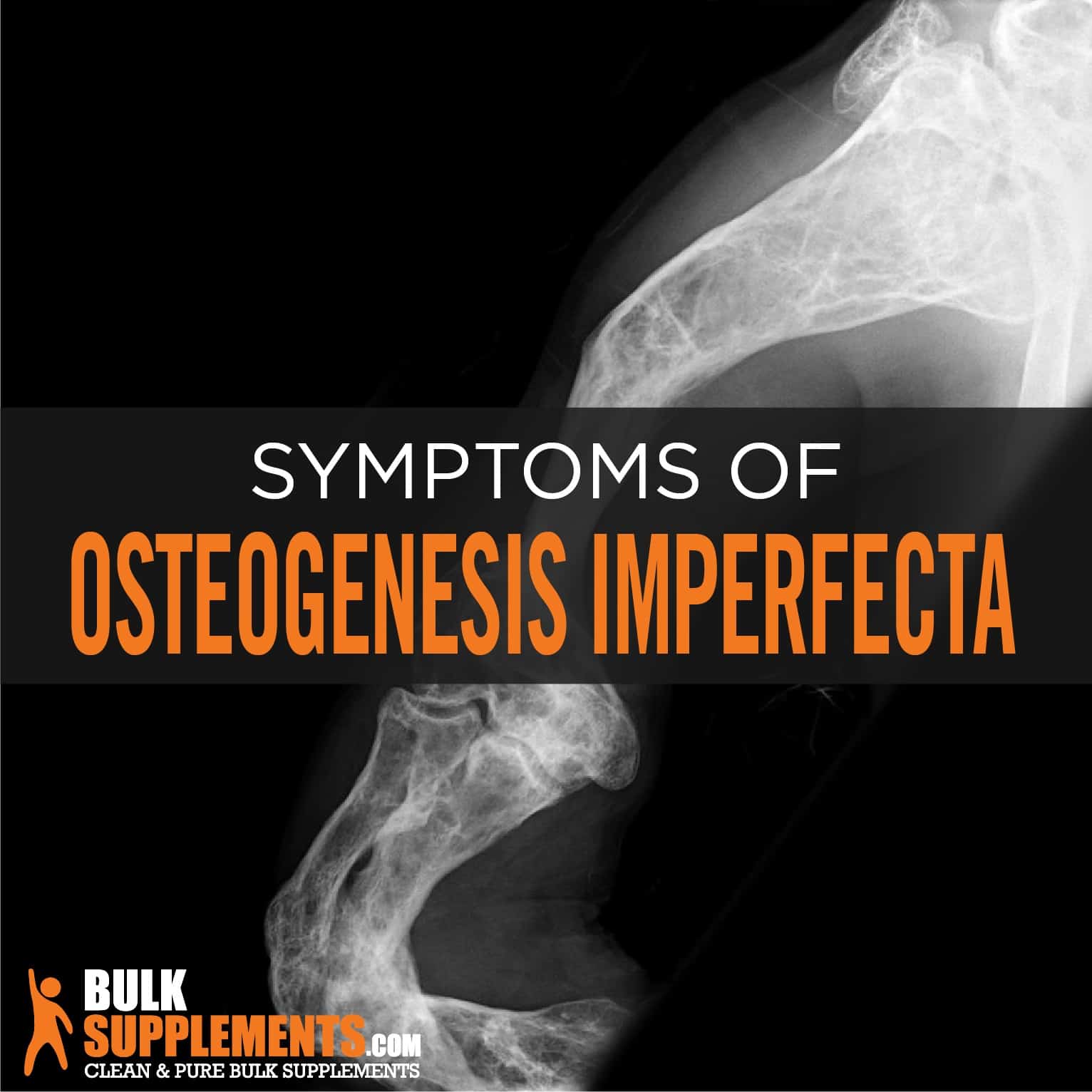
What is Osteogenesis Imperfecta?
Osteogenesis imperfecta, also called brittle bone disease, is a genetic disorder that causes bones to fracture or break easily, often without obvious cause. It’s quite rare and fortunately people with this disorder heal well.
Osteogenesis imperfecta (OI for short) affects both genders at the same rate. The prevalence of the condition in the U.S. is unknown. It’s estimated that type I osteogenesis occurs in 1 out of 30,000 live births. Type 2 osteogenesis is estimated to happen in 1 out 60,000 live births. And around 20,000-30,000 people in America suffer from osteogenesis imperfecta.
The specific symptoms associated with osteogenesis imperfecta vary greatly from person to person. The severity of the condition also varies significantly, even among family members. Brittle bone disease can be a mild condition or may cause severe complications.
There are four main forms of osteogenesis imperfecta. Type I osteogenesis imperfecta is the mildest and most common. Type 2 osteogenesis is the most serious. In most cases, the various forms of brittle bone disease are hereditary autosomal dominant traits.
Most forms of osteogenesis imperfecta are caused by one dominant mutation in any of two collagen genes in type I osteogenesis imperfecta — COL1A1 or COL1A2. These genes provide directions for producing proteins used to make a bigger molecule known as type I collagen.
Type I collagen is the main protein in skin and bone, as well as other tissues that give the body structure and strength. And recessive mutations occur in the gene known as CRTAP, causing type VII osteogenesis imperfecta.
Osteogenesis imperfecta has no cure, but individuals can help prevent the disease or treat it with conventional and home remedies.
Symptoms of Osteogenesis Imperfecta
Types I and II
Osteogenesis imperfecta makes bones fragile and easy to break and leads to other health problems. The mildest type of osteogenesis imperfecta is type I OI. The most severe type of osteogenesis imperfecta, however, is type II OI. Infants with this version have bones that look fractured and bent or crumpled before birth. They have a narrow chest, fractured and deformed ribs, as well as underdeveloped lungs. The babies have short, bowed legs and arms, abnormally soft skull bones and hips that turn outwards. Most babies with type 2 osteogenesis imperfecta are stillborn or pass on shortly after birth, often due to breathing failure.
Type III
Type III osteogenesis imperfecta also has quite severe symptoms. Babies with this form of OI have very fragile and soft bones that may start to fracture in early infancy or before birth. Some infants get rib fractures that may cause serious breathing problems. Bone abnormalities usually worsen over time and normally hinder walking.
Type IV
The most variable version of osteogenesis imperfecta is type IV OI. Symptoms of this version can be mild or severe. Around ¼ of infants with type IV OI have bone fractures at birth. Others might not get broken bones until adulthood or late childhood. All of these infants are born with bowed leg bones, but bowing normally eases as they grow older.
Other Symptoms
Some forms of osteogenesis imperfecta are also linked to progressive hearing loss, teeth issues (dentinogenesis imperfecta), a grey or blue tint to the whites of the eyes (sclera), loose joints and abnormal spine curvature (scoliosis). Persons with osteogenesis imperfecta might have other bone deformities and are usually shorter than normal in terms of stature.
The symptoms of OI may seem like those of other health conditions. Be sure to see your doctor for proper diagnosis.
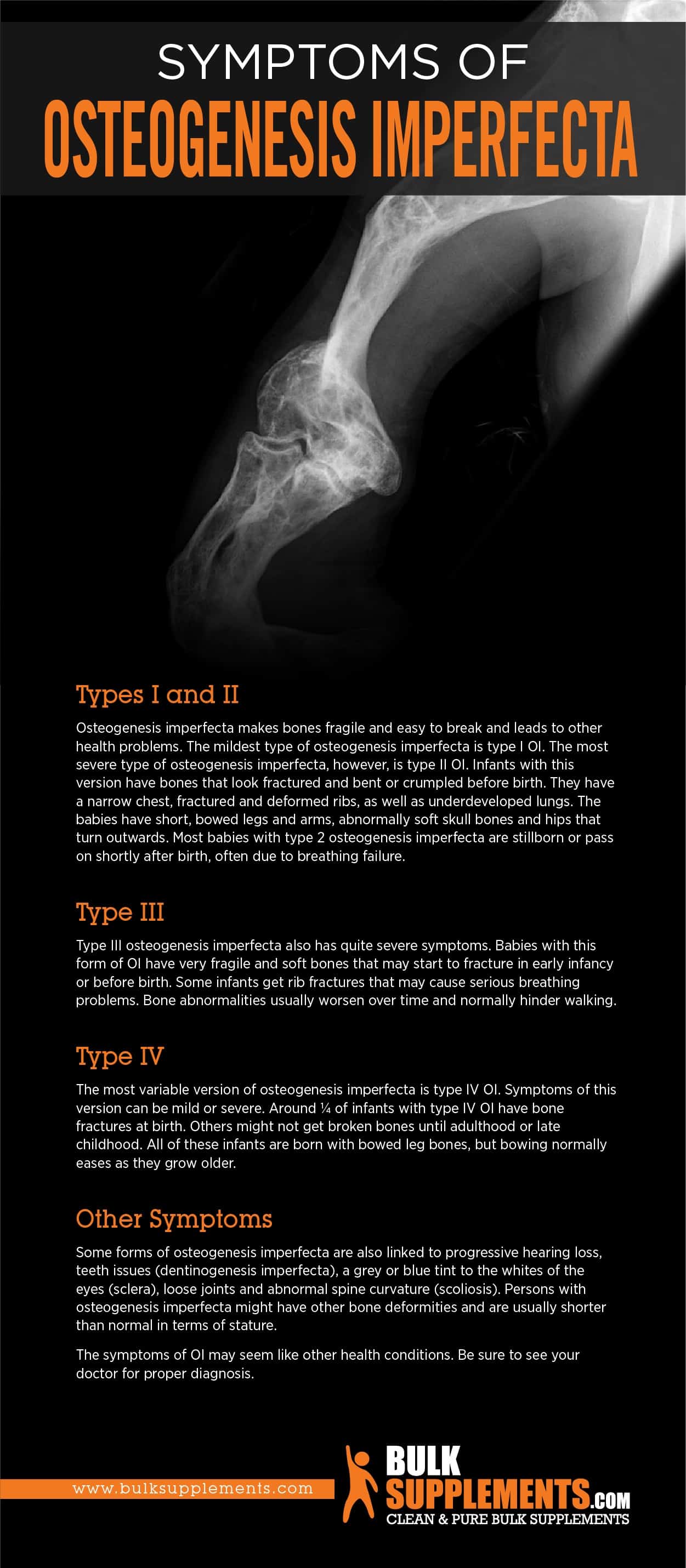
Causes of Osteogenesis Imperfecta
Osteogenesis imperfecta can be inherited from one parent with the condition, or occur due to a random mutation of genes. In most cases, the condition is handed down from parent to child via autosomal dominant inheritance. This means that osteogenesis imperfecta may be caused by just a single copy of the changed gene in each cell. This form of inheritance is normally the cause in most persons with type I or IV osteogenesis imperfecta.
The COL1A1 and COL1A2 genes can also mutate randomly. This may cause osteogenesis imperfecta in children with no family history of the condition. The children may either develop osteogenesis imperfecta type II or III, which are more severe.
Autosomal recessive inheritance is the least common method through which osteogenesis imperfecta occurs. This is when all cells have two copies of the altered gene. Autosomal recessive inheritance occurs when two persons carrying the mutated genes pass a copy each to their child. It usually leads to type III osteogenesis imperfecta.
Treatments of Osteogenesis Imperfecta
Osteogenesis imperfecta is incurable, but there are various ways to treat the symptoms. Many with this condition live productive and meaningful lives well into adulthood, despite the challenges. The aim of OI treatment is to reduce fractures, improve independent function and boost overall health.
Medical treatment for adults and kids with osteogenesis imperfecta involves a team drawn from various disciplines. This may include a doctor, orthopedists, geneticists, neurologists, endocrinologists, pulmonologists and rehabilitation specialists.
Osteogenesis imperfecta treatments can include physical therapy, fracture care, medication, surgical procedures, mobility aids and lifestyle changes.
Preventing Broken Bones
It’s important for people with osteogenesis imperfecta to prevent bone fractures. They can reduce their risk by:
- Doing low-impact exercises (like swimming) to increase bone strength and boost mobility and muscle strength
- Avoiding activities that increase their risk for a collision or fall, or put excess strain on the bones
Physical Therapy and Exercise
Physical therapy aims to expand and maintain function, as well as promote independence. The average program includes aerobic conditioning and muscle strengthening.
Physical therapy usually starts during infancy to offset the delay in the development of motor skills many kids experience due to osteogenesis imperfecta-related muscle weakness. Infants may need adaptive devices.
Occupational therapy may help with the selection of adaptive devices for everyday living and improve fine motor skills. As a child with osteogenesis imperfecta gets older and becomes more independent, they’ll benefit from sustained physical activity, like adapted physical activity.
Safe, regular exercise can also benefit adults by maintaining muscle and bone mass. Water therapy and swimming are especially ideal for people of all ages with osteogenesis imperfecta, as they enable independent movement with a slight risk for fractures. Walking is also an excellent workout for those able to do it, whether with mobility aids or not.
Medication
Medical bisphosphonates slow bone resorption. They’re given to a child either intravenously or by mouth. In kids with more serious osteogenesis imperfecta, bisphosphonates often decrease bone pain and fractures. These medications require close monitoring and must be given by a qualified doctor, either intravenously (into a vein) or by mouth.
Fracture Care
Casting, bracing and splinting may help heal broken bones properly. But long spells of immobility can weaken bones further and cause more fractures and muscle loss. Many orthopedists opt for short-term immobilization to treat fractures, using lightweight braces, splints or casts to allow for some movement immediately after the fracture.
Surgery
Surgery might be needed to correct certain bone abnormalities. Many children with osteogenesis imperfecta undergo a surgery called rodding. In this procedure, metal rods are put into long bones to manage fractures and treat deformities that impair function. The rods can either be expandable or non-expandable.
Healthy Lifestyle
Persons with osteogenesis imperfecta benefit from healthy living that includes a nutritious diet and safe exercise. Adequate consumption of nutrients, including calcium and vitamin D, is essential for maintaining bone health. But these nutrients should not be overdosed.
It’s important to maintain a healthy weight as extra weight increases stress on the skeleton, lungs and heart and decreases the ability to easily move. Moreover, people with osteogenesis imperfecta should avoid excessive caffeine or alcohol consumption, smoking or secondhand smoke — all of which weaken bone density.
Other treatments for osteogenesis imperfecta symptoms include:
- Crowns to support brittle teeth
- Hearing aids
- Mobility aids like walkers, crutches, wheelchairs and canes
- Supplemental oxygen for individuals with breathing issues
Supplements for Osteogenesis Imperfecta
Getting enough vitamin D and calcium can help improve your bone mass and prevent bone loss. It can also improve the healing of your broken bones. Talk to your doctor about the following supplements for improving osteogenesis imperfecta-related symptoms.
Calcium
This essential mineral helps improve bone mass and stops thinning of bones. When a person experiences bone loss, it makes their bones more brittle, which is particularly risky for anyone with osteogenesis imperfecta.
A nutritionist or doctor can help you determine how much calcium your diet provides and whether you can just make dietary changes to get sufficient calcium instead of taking a supplement.
For best results, use the supplement around 30 minutes before a meal.
Vitamin D
This vitamin allows your body to use calcium to make bone, as well as relieve pain and maintain immune system health. Our bodies produce vitamin D with the sunlight we soak in. A nutritionist or doctor can run a blood test on you to check your vitamin D levels and tell you if you need a supplement.
The appropriate dosage is about 50mg a day.
Vitamin C
Vitamin C helps the body recover from fractures and build connective tissue. It’s found in fruits like strawberries, cantaloupe and citrus fruits, as well as vegetables like sweet potatoes, bell peppers and tomatoes. It’s generally recommended that you take around 1,000 mg of vitamin C powder per day.
The Bottom Line
Osteogenesis imperfecta (OI) is a genetic disorder in which bones break easily. Sometimes the bones break for no known reason. OI can also cause weak muscles, brittle teeth, a curved spine and hearing loss.
Osteogenesis imperfecta develops due to a genetic mutation in the gene that directs the body to produce collagen. OI can either be passed down by a parent who has the disease, or it can occur as a spontaneous gene mutation in a child.
There are different forms of osteogenesis and symptoms can be mild or severe. Symptoms often vary, but all people with OI have weaker bones. Common symptoms of this condition include short stature, breathing problems, triangular face, brittle teeth, hearing loss and deformed bones (scoliosis or bowed legs).
Treatment for osteogenesis imperfecta aims to manage symptoms, prevent complications, develop muscle strength and bone mass and preserve independent movement. This is achieved by fracture care, physical therapy, dental care and surgery. Sometimes braces, wheelchairs, and other assistive devices are used, especially among people with more serious forms of OI.
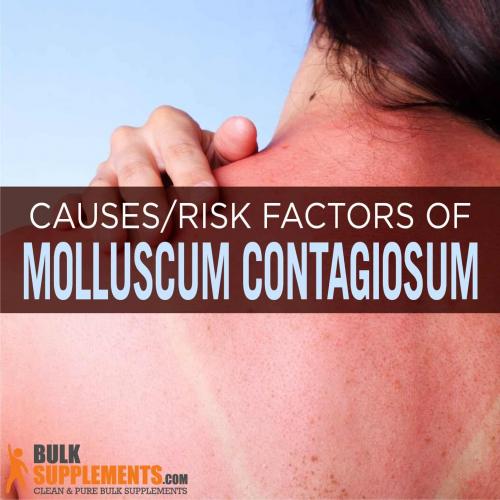

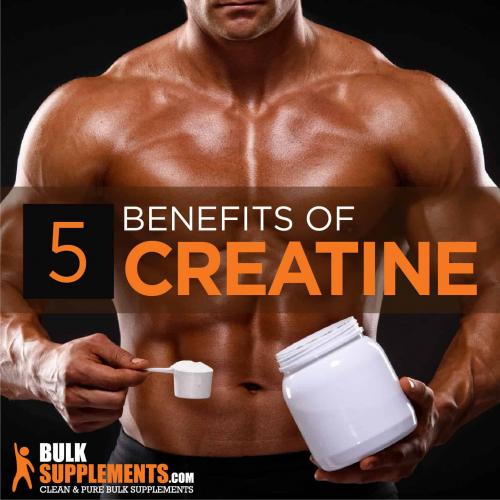
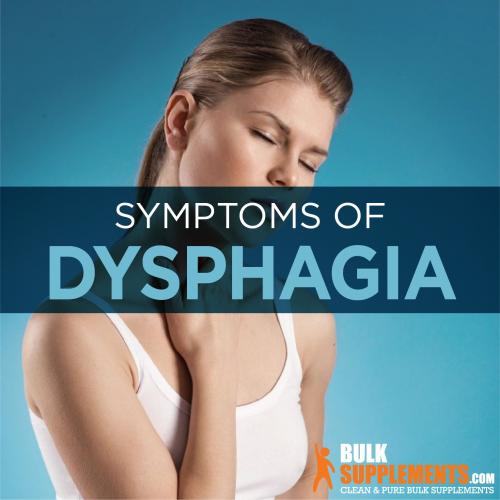
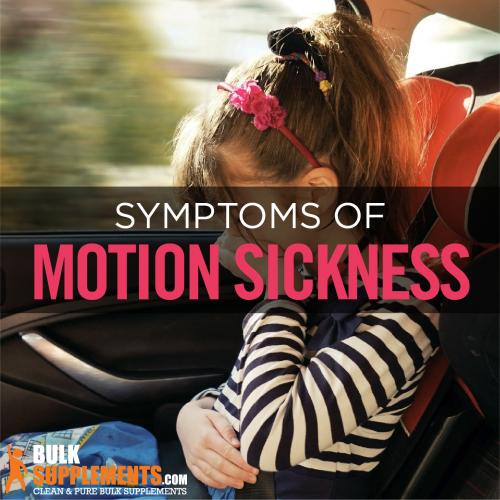
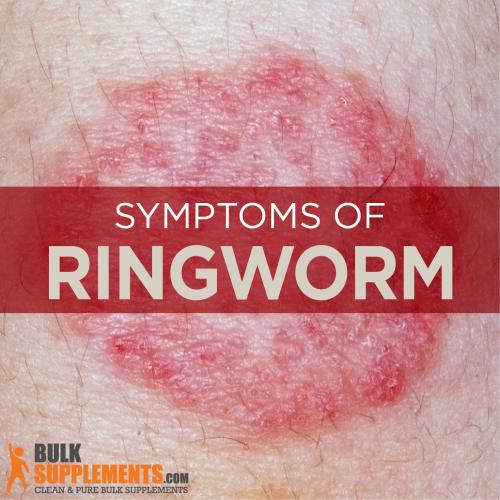

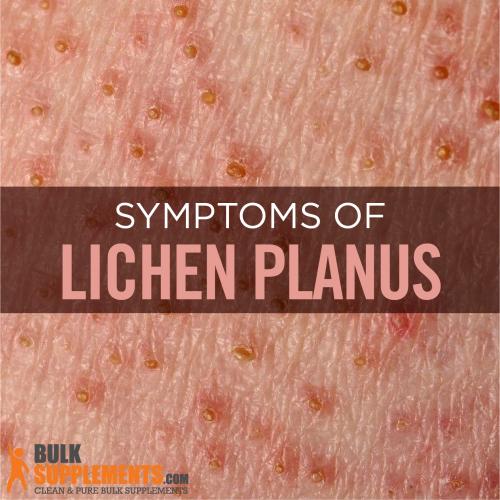

Comments